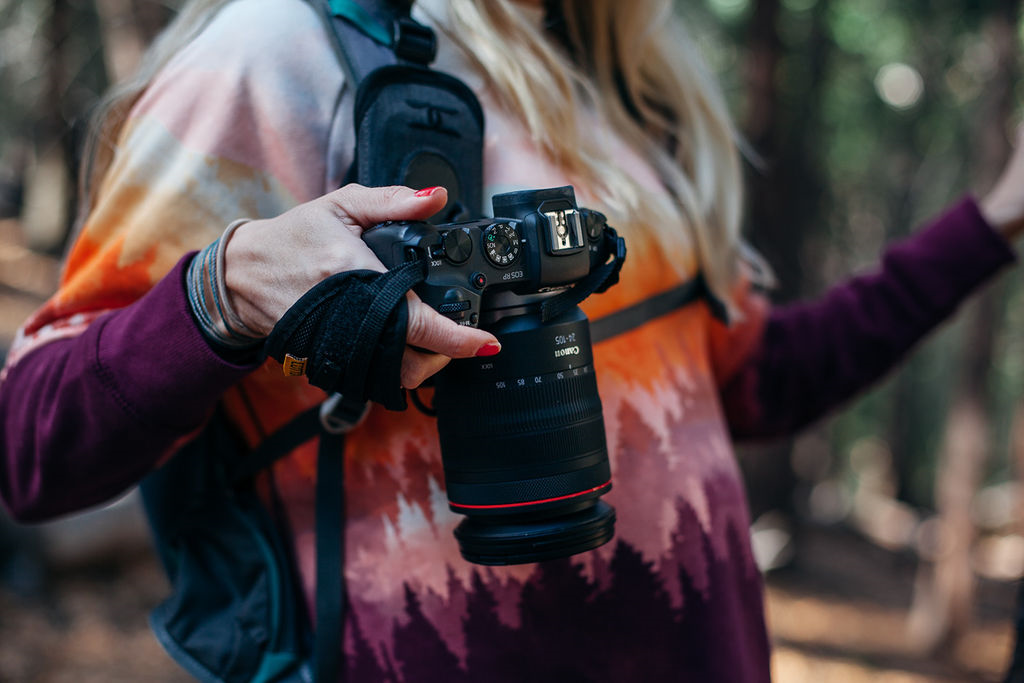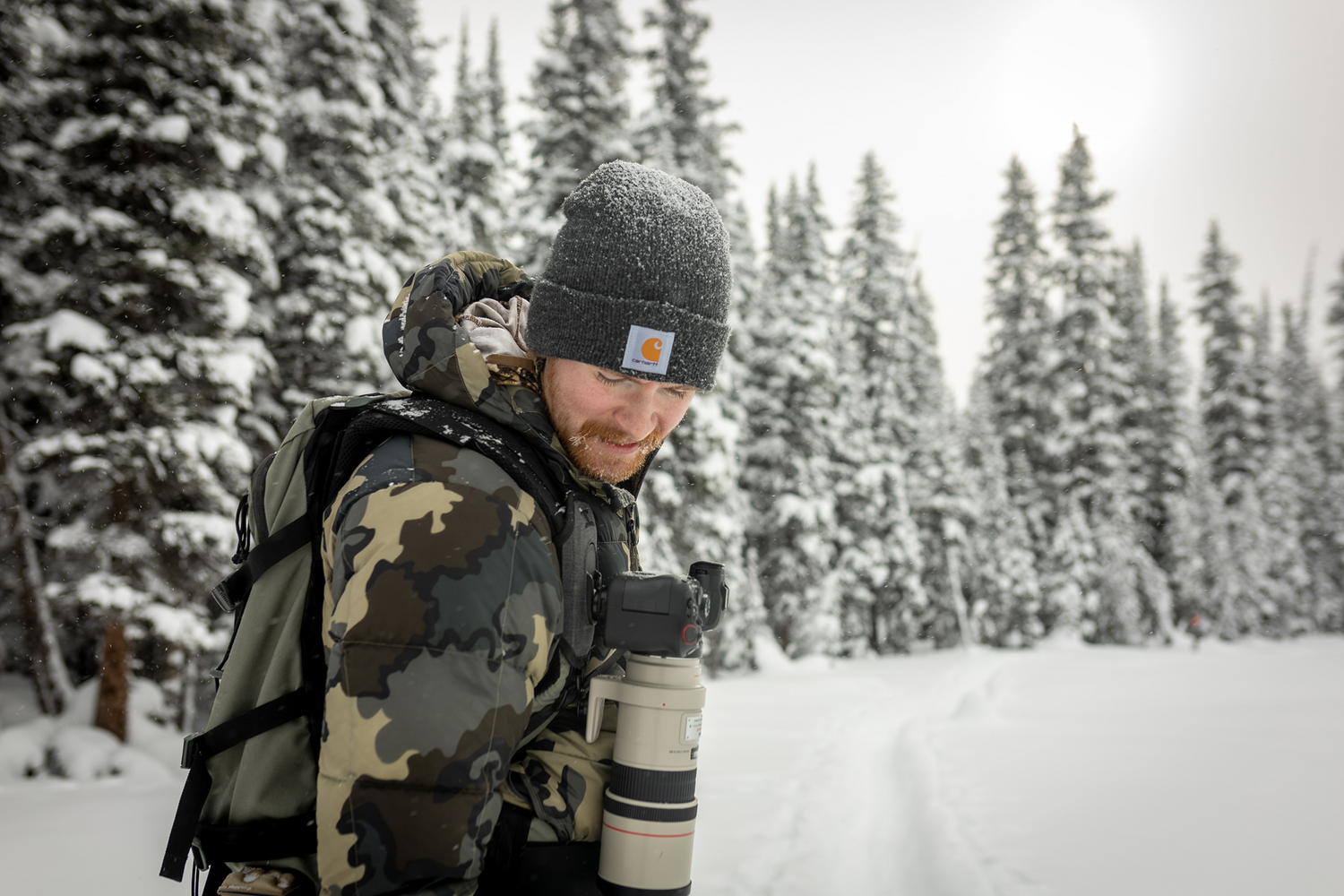Snow transforms landscapes into serene, magical vistas, offering photographers unique opportunities to capture breathtaking images. However, photographing in snowy conditions presents specific challenges, from exposure issues to equipment protection. This guide provides essential tips to help you master snow photography and create compelling winter images.
1. Master Exposure in Snowy Conditions
Snow's reflective nature can confuse your camera's metering system, often leading to underexposed images where snow appears gray.
Tips:
- Adjust Exposure Compensation: Increase exposure compensation by +1 to +2 stops to ensure snow appears white and bright.
- Use Manual Mode: For greater control, switch to manual mode and monitor your histogram to achieve balanced exposure without clipping highlights.
2. Utilize Filters for Enhanced Contrast
Bright snow can wash out colors and reduce contrast, especially under harsh sunlight.
Tips:
- Polarizing Filter: Reduces glare and reflections off the snow, enhancing contrast and deepening sky colors.
- Neutral Density (ND) Filter: Helps manage exposure for long-exposure shots, such as capturing flowing water in snowy landscapes.
3. Focus on Intricate Details
Snow creates unique textures and patterns, from delicate snowflakes to wind-sculpted drifts.
Tips:
- Macro Photography: Use a macro lens to capture intricate details of frost, ice, or individual snowflakes, revealing fine patterns and adding variety to your portfolio.
4. Choose Optimal Shooting Times
Light quality changes dramatically during winter, making the time of day crucial for capturing snow.
Tips:
- Golden Hour: The warm tones of sunrise and sunset contrast beautifully with the cool blues of snow, creating dynamic compositions.
- Blue Hour: The period just after sunset or before sunrise offers soft, blue-toned light that enhances the wintry atmosphere.
5. Protect Your Equipment
Cold temperatures and moisture can be tough on camera gear.
Tips:
- Use Weather-Resistant Gear: If your camera and lens aren’t weather-sealed, use a rain cover to protect them from snow and moisture.
- Keep Batteries Warm: Cold weather drains batteries quickly. Carry spares in an inner pocket close to your body to keep them warm.
- Avoid Condensation: When transitioning from cold to warm environments, place your camera in a sealed bag before moving indoors to let it acclimate gradually.
6. Use a Tripod for Stability
Snowy landscapes often require slower shutter speeds, especially during low-light conditions or when capturing long exposures.
Tips:
- Stability: A sturdy tripod prevents camera shake, ensuring sharp images.
- Snow Accessories: Attach snowshoes or spikes to your tripod feet for added stability in soft snow.
7. Play with Reflections
Snow-covered landscapes often feature frozen lakes or still bodies of water, offering opportunities for stunning reflections.
Tips:
- Low Angle: Position your camera low to the ground to maximize reflections and create symmetry in your composition.
8. Capture Motion in Snow
Dynamic elements such as falling snow, moving water, or wildlife add life to winter scenes.
Tips:
- Fast Shutter Speed: Freeze motion, such as wildlife moving through the snow or falling snowflakes.
- Long Exposures: Smooth out flowing water in rivers or streams for a more ethereal look.
9. Edit Thoughtfully
Post-processing plays a crucial role in snow photography.
Tips:
- Adjust White Balance: Snow often reflects a blue tint under certain lighting. Correct the white balance in post-processing to ensure natural-looking snow.
- Enhance Contrast and Highlights: This helps bring out the texture and detail in snow, making your images more visually striking.
10. Dress Appropriately
Your comfort affects your ability to focus on photography.
Tips:
- Layered Clothing: Wear thermal base layers, insulating mid-layers, and a waterproof outer layer.
- Protect Extremities: Use gloves that allow you to operate your camera while keeping your hands warm, and wear sturdy, insulated boots.
11. Keep Your Camera Accessible
In snowy conditions, having your camera readily accessible is crucial for capturing fleeting moments.
Tips:
- Use a Camera Harness: A camera harness keeps your camera secure and accessible, allowing quick shots without fumbling with bags.
Snow photography offers endless opportunities to capture stunning, serene images. With the right preparation and techniques, you can make the most of winter’s beauty and overcome the unique challenges it presents. Equip yourself with reliable gear, dress appropriately, and venture out to capture the magic of snow-covered landscapes.






